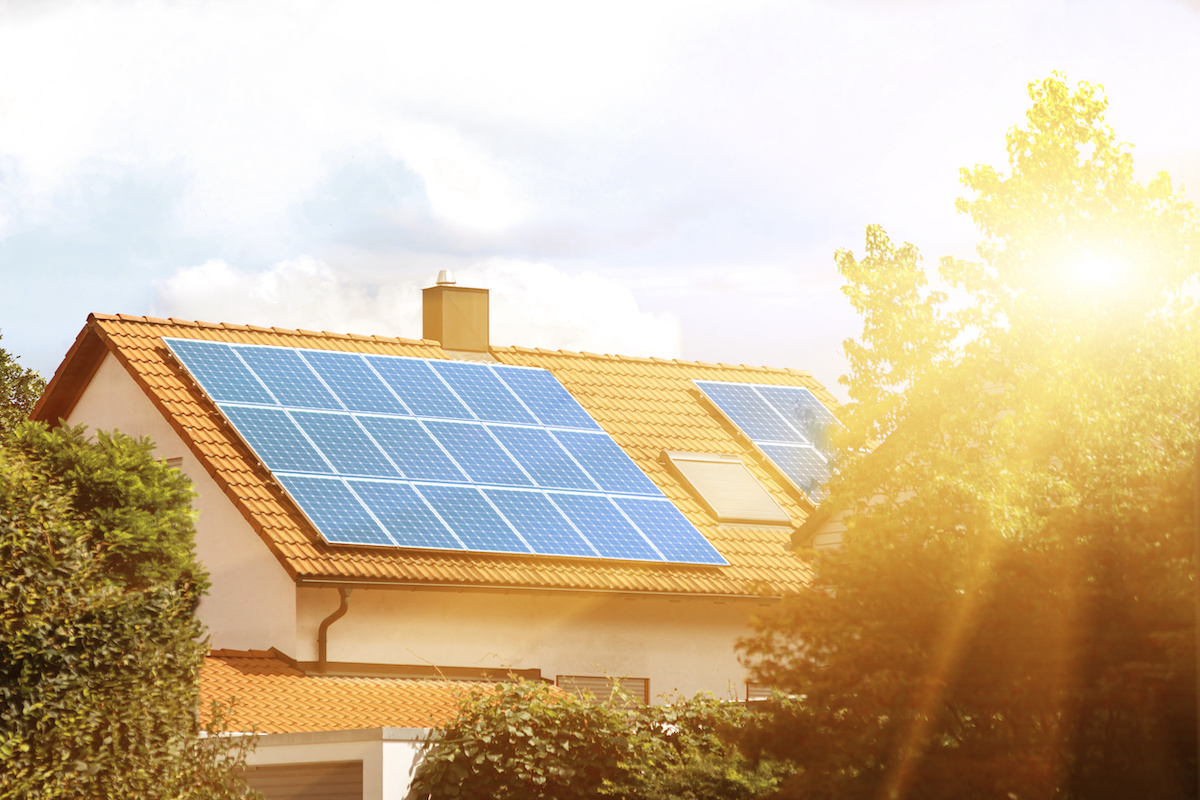The world has never been more ready for the renewable energy and solar revolution than at this particular moment in history.
Yet, despite all the evidence of the benefits and positive impact that a transition to solar technology can have on everything from the economy and jobs to the environment, many residential and commercial solar companies continue to fight what can feel like an uphill struggle in the battle to win over consumer hearts and minds.
What Does Storytelling Have to Do With Solar Panel Installation?
Whether you are trying to sell books, batteries, or solar roof panels, the age-old sales and marketing mantra holds true: people don’t like to be sold to. Your solar company may offer the sleekest, state-of-the-art products, but unless you can get prospects emotionally invested and convinced they can’t live without the benefits your products to have to offer, no amount of persuasion or aggressive sales tactics will likely change their mind.
That’s where stories come in. By building a compelling personalized solar brand story, your company can appeal to your target audience on an emotional level, where they are much more likely to listen.
The Importance of Connecting on an Emotional Level If presenting a list of facts, numbers, and points of data were enough, products and services would virtually sell themselves. But, even if we hear something that is true, a “fact” is easier to dismiss than an emotion. Stories help us to connect on an emotional level that transcends what the mind knows to be true.
Must-Have Ingredients for Your Solar Brand Story
Generally speaking, the most important element of any branding and marketing strategy is your unique selling point, the one thing that separates your product or service from all of your competitors. But simply telling everyone that solar panels are great and will save money and the planet is not likely to convince anyone.
However, capitalizing on the universal elements of a great story can help to distinguish your brand from competitors while avoiding some of the thorny issues that can arise during any conversation about solar and alternative energy subjects. Elements of a great brand story:
- Establish trust
- Offer up a solution to a problem
- Paint a picture illustrating how your brand can solve the problem
- Provide concrete and real-world examples of success
The best stories are layered narratives that have a clear beginning, middle, and end, and they leave your audience with a clear understanding of who you are and what you can do for them. What a brand story is not:
- An ad
- A marketing brochure
- A commercial
- A direct sales pitch
- A sales report
Solar companies have a unique advantage when crafting brand stories to introduce their companies to potential customers. Instead of focusing on the contentious aspects of the energy debate that is more likely to alienate or divide an audience, consider focusing on the universal elements of a clean energy future that can appeal to anyone, regardless of personal beliefs or political affiliation:
- Health
- Freedom
- Financial security
- Progress and innovation
- American leadership and ingenuity
Think about it in terms of the challenges that JFK faced in trying to sell the race to land a man on the moon to Congress and the American people.
Knee-deep in the Cold War and seemingly falling behind the Soviet Union in technological advancement, America should have found the project a no-brainer in theory. But, in order to convince the American people that it was more than an impossible stunt and worthy of their tax dollars, the president had to capture the country’s imagination and paint a picture that inspired Americans to rally around a common patriotic goal.
More than a historic space mission, the moon landing would be a victory for the United States and its citizens. With the right narrative and emotional hook, anything is possible, even sending a man to the moon.
Two Common Mistakes to Avoid When Talking About Solar
In addition to knowing what to say and how to say it, it is important for solar companies to steer clear of the minefields that can trigger consumers to shut down and stop listening before the conversation has even begun.
Getting Bogged Down in the Politics
Few topics are more politically and emotionally charged than the subject of the environment. First and foremost, know your audience, and don’t be afraid to tailor your message to different consumers for maximum effect.
But, rather than talking about issues like climate change or other contentious points that people can dismiss according to their personal beliefs and biases, stick to the story of how solar energy can improve their lives and solve a specific problem, like enabling a lower utility bill or the freedom of choice.
Losing Your Audience to the Tech
Tech specs can be impressive, but people invest in products because they either solve a problem or create a rewarding experience. You don’t have to avoid the tech specs altogether; just don’t make them the focal point of the story.


